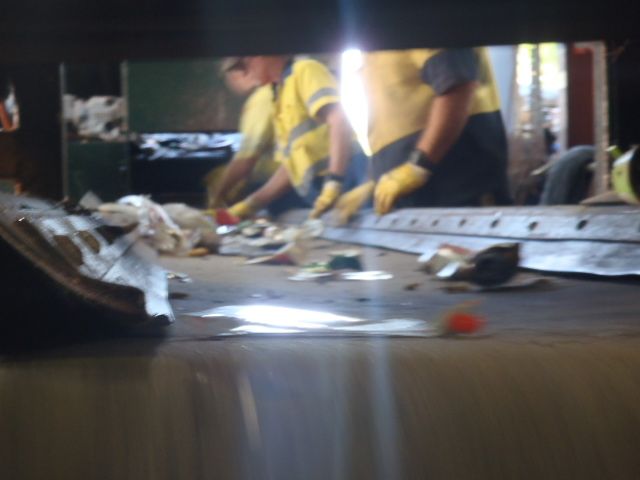A Broome recycling company engaged Safe Environments to undertake a noise survey in order to understand and better characterise the daily noise levels that their workers may be exposed to.
Noise Exposure in Broome, Kimberley Region & Western Australia
The western Australian OCCUPATIONAL SAFETY AND HEALTH REGULATIONS 1996, Division 4 — Noise control and hearing protection requires that the exposure standard for noise not to be exceeded. The noise exposure for Western Australian workplaces is an L Aeq,8h of 85 dB(A) and an L C,peak of 140 dB(C).
What is the Maximum Noise Exposure Levels for Broome & the Kimberley’s
If the noise levels are measured to be greater than the exposure standard then the worker is required to provide Personal Hearing Protectors in line with AS/NZS 1269.3 Occupational noise management – Hearing protector program. The class of hearing protector to be specified depends on the noise levels. If the hearing protectors are too high, such as class 5, then the worker may be over protected. This in itself can be a hazard by worked failing to hear warning tones such as alarms for cranes, forklifts and the like.
Measuring Noise Levels
The first step in determining he correct hearing protectors is to establish the overall daily noise exposure. This may be conducted in two ways;
- Task analysis using a Sound Level Meter (SLM); or
- Dosimetery using Personal Sound Exposure Meters (PSEMS)
Generally best practice is to use a combination of both instruments. The Sound Level Meter may provide more accurate measurements, however a number of PSEMs can be used to provide a statistical analysis of the exposure over a number of Similar Exposure Groups (SEGs).
In this instance the noise levels within the Broome recycling centre in the Kimberley’s were conducted with the dosimeters (PSEMs). Over a whole shift the were measured to be between 85 and 90 dB(A). This may initially appear to require Class 1 Peronsal Hearing Protection (PHP) however there were multiple peak noises recorded of over 140 dB(C). Consequentially the recommended hearing protection for these peak impact noises is Class 5 to protect against those one off high levels sounds. This is stated in Appendix B2 of AS/NZS 1269.3 Occupational noise management – Hearing protector program.
In the Broome workplace, the loud impact noises were primarily due to empty glass bottles hitting against each other into the sorting bins. One suggestion was to provide some acoustical barriers and soft line some chutes into the bins, both reducing the impact sound and through reducing the pathway to the receiver. Other methods can be identified and assessed by an acoustical engineer as there are many ways in which the sounds can be reduced.
If you require a noise survey, mobile audiometric testing onsite or assistance with Personal Hearing Protectors (PHPs), please contact Safe Environments or another noise testing service provider to assist you in Perth, Broome, the Kimberley’s & throughout Western Australia.
For more information on noise assessments identification & management please contact one of Safe Environments Occupational Hygienists or Noise Consultants located in the following Australian cities including Perth, Broome, the Kimberley’s & throughout Western Australia.
|
Sydney, Newcastle & Wollongong Safe Environments - Phone 02 9624 2600 Unit 6 The Hub, 128 Station Road Seven Hills NSW 2147
|
Melbourne & Victoria Safe Environments - Phone 0420 227 990 Level 7, 552 Lonsdale Street Melbourne Victoria 3000 |
|---|---|
|
Brisbane, Sunshine Coast & Gold Coast Haztek - Phone 1300 553 001 PO Box 1398 North Lakes Qld 4509 |
Perth, Broome, The Kimberley's & Western Australia GCG - Phone 08 9456 3045 Unit 4/10 Vulcan Road Canning Vale WA 6155 |
Author: Carl Strautins

Email: Carl@SafeEnvironments.com.au
Carl Strautins is a managing director of Safe Environments Pty Ltd a multi-specialist consultancy operating in the building, construction and property management industries. He provides the necessary guidance and risk minimisation strategies required by architects, construction companies and facility managers to ensure they mitigated their risk to property risk. He is engaged on a regular basis to provide expert opinion for disputes and legal proceedings. Click here to know more about him.


